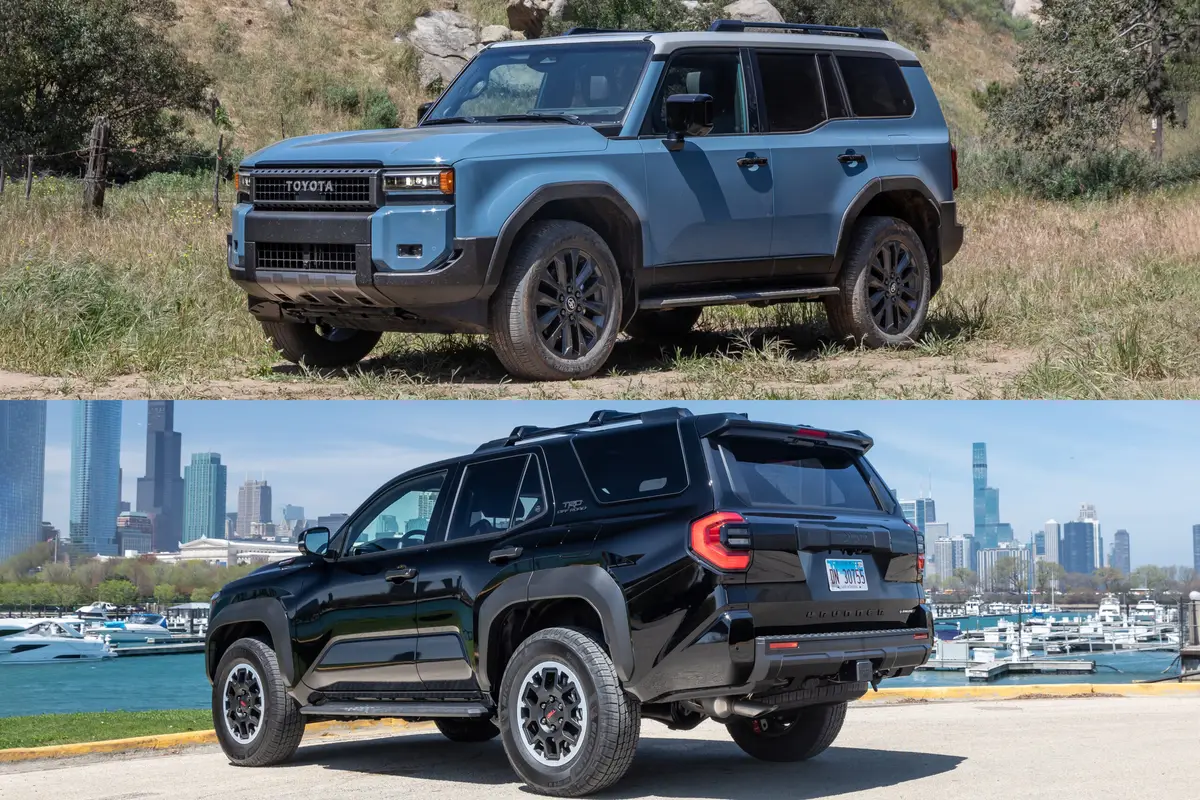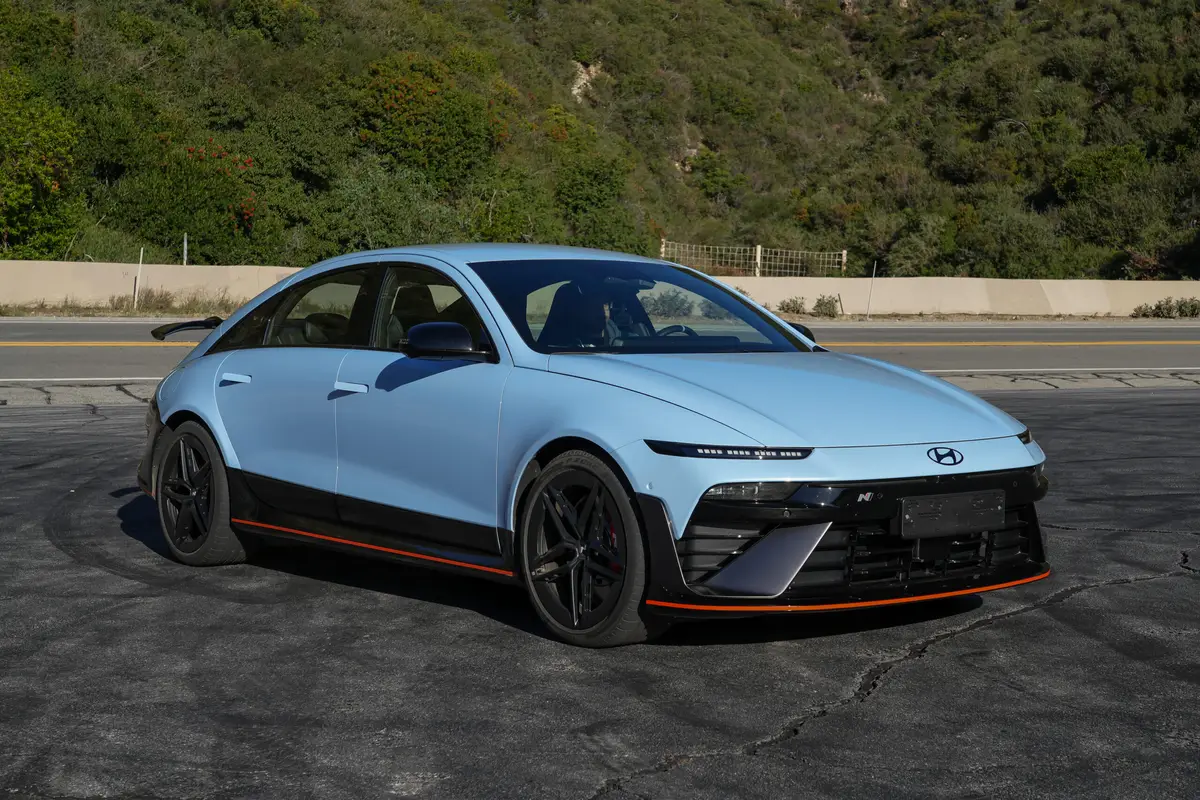Millennials and Car Insurance: Leaving Nest Not Always Best


According to a report earlier this summer from the Pew Research Center, 26 percent of young adults now live with their parents compared with just 22 percent before the recent recession and 24 percent at the outset of the recovery in 2010. The implication is that millennials remained or moved in with their parents when the economy tanked but despite the gradual upturn, never left.
Related: First Time Buyers: Why Millennials Will Need a Car
You need not search hard for an online admonition about the millennial generation. But when it comes to car insurance, these young adults may have made a smart move. Before you yell at those kids to get off your lawn, take note of a recent study by InsuranceQuotes.com, a subsidiary of financial-info aggregator Bankrate.com. It presents some pretty compelling numbers on the side of leaving the car-insurance cord unsevered.
“According to the study, U.S. drivers between the ages of 18 and 24 pay, on average, 8 percent more for their own individual insurance policies than they do when added to an adult’s,” the website reported. “But in some states — and for certain types of drivers — the increase can be more than 50 percent.”
Because of their limited driving record, limited credit history and general risk assessment, younger drivers are more expensive to insure. And although adding a young driver to an existing family policy will cause the premium to shoot up 80 percent on average, it’s still cheaper than going it alone. That’s in part because it spreads out the financial risk for insurance carriers but also because they value the parents’ long-term business.
Age plays a large factor in how much those premiums will be on one’s own versus under parents’ wings — 18 for 18. An 18-year-old can expect to pay 18 percent more to insure their independence. That number drops to half that a year later, and to 4 percent by the time they’re 24.
But those are just the national averages. Depending on which state you live in, striking out on your own as an 18-year-old could be worse. Much worse. The top five states with the widest gaps between staying on your parents’ policy or getting your own are: Rhode Island, with a discrepancy of nearly 53 percent; Connecticut and Oregon, 47 percent; Nevada, 41 percent; and Maine, 40 percent.
Spread out across the entire 18- to 24-year-old range, those percentages become significantly more manageable, but still run from nearly 19 percent more for an individual policy at the top (again, in Rhode Island) to essentially no price difference at the very bottom (in Illinois and Hawaii). In either case, Eli Lehrer of the public-policy research organization R Street Institute, told InsuranceQuotes.com that the logical course of action from a financial standpoint is pretty obvious.
“Young drivers are probably better off being added to their parents’ policy, regardless of where they live,” he said.
But we all saw those figures: More millennials live at home in the now-recovered economy than did before the recession. So how long can we string this car-insurance thing along? The answer, according to CarInsurance.com: Indefinitely. Unlike other types of insurance, such as health care, that boot a person from their parents’ insurance at age 26, there is not a cutoff age for auto coverage.
There is a catch, however. Your adult child must be living under your roof.
“If your adult child has a driver’s license and is living in your home, then normally your car insurance company will actually mandate that she is listed on your policy — whether she is 18, 26 or 46,” CarInsurance.com stated.
So there you have it: Millennials, you’ll get a break on your car insurance and you won’t even have to take the posters off your bedroom walls; and parents, you’ll still get to see your 46-year-old son or daughter every single morning. Everybody wins.

Former Assistant Managing Editor-News Matt Schmitz is a veteran Chicago journalist indulging his curiosity for all things auto while helping to inform car shoppers.
Featured stories



